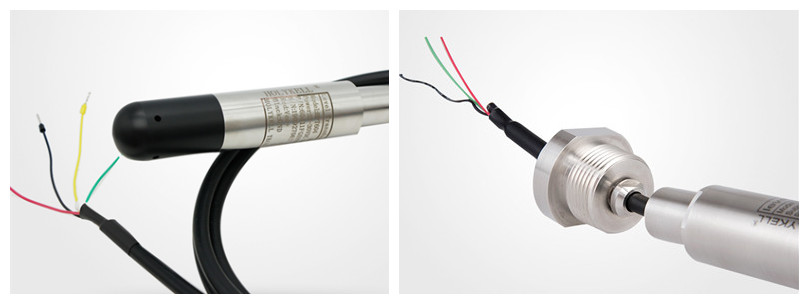What is the Difference between Pressure Transmitter 4 20mA and 0-10V
When choosing a pressure sensor, some of our users wonder a pressure transmitter 4 20mA or a pressure transmitter 0-10V should be selected? There are arguement on this. Let’s take a look at the difference between the two and which one you should choose.
The two most common analog signal types in modern industrial pressure measurement are 4-20mA and 0-10V, and generally a pressure transmitter 4 20mA is chosen by more people than a pressure transmitter 0-10V. Reasons includes that 4-20mA current signal offers some real world advantages: First, a no signal fault can be detected easily, i.e., 0mA measns no signal, while 4mA indicates a zero value. So it is easier for troubleshooting. Secondly, an instrument can be loop-powered, namely it can be powered by the same cable that it transmits on, so two wires are required only. Thirdly, it is much less prone to electrical noise, voltage drop and interference. so for long distance transmission, 4-20mA is more suitable as it receives less impact by voltage drop and there is no loss of accuracy and noise interference is less.

Compared with a pressure transmitter 4 20mA, a pressure transmitter with 0-10V(or in some cases, 0-5V) analog signal uses voltage to represent a variable signal. It's not easy to detect the sensor fault (no signal) as a value of 0V indicates either zero value or no signal. And over longer cable distances, voltage drop can cause an inaccurate signal. So most users would use 0-10V only where the automation equipment used is incapable of handling a 4-20mA signal.






